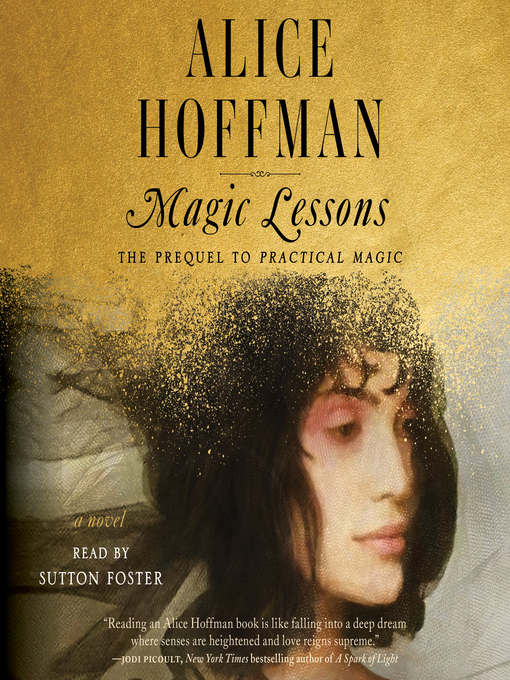
“The women in their family had the talent of the Nameless Art,” Maria’s birth mother confesses, “but they all had difficulties with love.” It’s predictable that the man Maria is infatuated with is no Mr. There she falls for a rich merchant and becomes pregnant. Tragedy brings Maria to indentured servitude on the island of Curaçao. When Maria is 10, they discover that her birth mother is also a witch - and that she has made some bad decisions in the name of love, just as her descendants one day will do. Soon, Hannah recognizes the child’s gifts, and teaches Maria everything she knows. She is discovered in a snowy field in rural England, in 1664, by Hannah Owens, who is known to practice the “Nameless Art.” Hannah herself was imprisoned for her skills and, when she finds Maria, she is living in the woods, “apart from the delusions and bad intentions of men.” A brief biography in the first novel becomes, in “Magic Lessons,” a rich, continent-leaping epic of Maria’s life. Maria built the aunts’ house it’s her portrait that hung on the staircase landing for 192 years. Like the second book (“Rules for Magic”), “Magic Lessons” is a prequel, though it goes much further back, to the late 17th century, to tell the story of the matriarch, Maria Owens. The story of the Owens sisters, and the daughters of the next generation, is one of trying - and failing - to eschew love, and even magic, in the name of self-protection. Some need a tea for an upset stomach, or an herb for nerves, but most want help with love. Her first, “Practical Magic,” which was a best seller and the basis of a popular film, follows two orphaned sisters sent to Massachusetts to live with their aunts in a mysterious house where there “were no clocks and no mirrors and three locks on each and every door.” After twilight, the aunts are visited by desperate women. Hoffman’s latest, “Magic Lessons,” is the third of these books. The Owens women possess gray eyes, an expertise with nightshades and a vast knowledge of spells, particularly those for love.

So I may be the perfect reader for Alice Hoffman’s novels about the Owens family, whose bloodline vibrates with witchy power.

Someday, I think, they might guide or cure me. I didn’t end up calling either woman, but they persist in my thoughts. (Now you know: Healers have business cards.) A year before that, when I was pregnant and suffering from sciatica, my hairstylist gave me her healer’s business card. A few friends had recommended her, and I thought she might offer me new ways to think about my purpose and gifts. At the beginning of the year - a lifetime ago - I considered calling a witch.


 0 kommentar(er)
0 kommentar(er)
